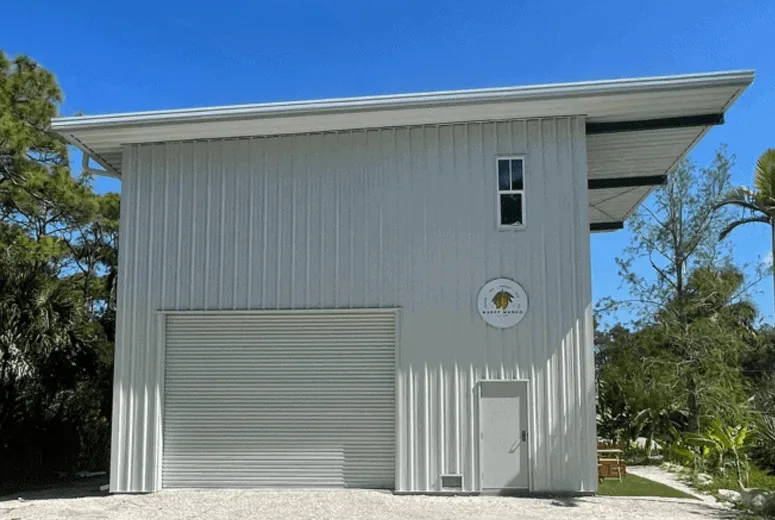- Afrikaans
- Albanian
- Amharic
- Arabic
- Armenian
- Azerbaijani
- Basque
- Belarusian
- Bengali
- Bosnian
- Bulgarian
- Catalan
- Cebuano
- Corsican
- Croatian
- Czech
- Danish
- Dutch
- English
- Esperanto
- Estonian
- Finnish
- French
- Frisian
- Galician
- Georgian
- German
- Greek
- Gujarati
- Haitian Creole
- hausa
- hawaiian
- Hebrew
- Hindi
- Miao
- Hungarian
- Icelandic
- igbo
- Indonesian
- irish
- Italian
- Japanese
- Javanese
- Kannada
- kazakh
- Khmer
- Rwandese
- Korean
- Kurdish
- Kyrgyz
- Lao
- Latin
- Latvian
- Lithuanian
- Luxembourgish
- Macedonian
- Malgashi
- Malay
- Malayalam
- Maltese
- Maori
- Marathi
- Mongolian
- Myanmar
- Nepali
- Norwegian
- Norwegian
- Occitan
- Pashto
- Persian
- Polish
- Portuguese
- Punjabi
- Romanian
- Russian
- Samoan
- Scottish Gaelic
- Serbian
- Sesotho
- Shona
- Sindhi
- Sinhala
- Slovak
- Slovenian
- Somali
- Spanish
- Sundanese
- Swahili
- Swedish
- Tagalog
- Tajik
- Tamil
- Tatar
- Telugu
- Thai
- Turkish
- Turkmen
- Ukrainian
- Urdu
- Uighur
- Uzbek
- Vietnamese
- Welsh
- Bantu
- Yiddish
- Yoruba
- Zulu
Қар . 18, 2024 06:25 Back to list
Exploring Prefabricated Industrial Buildings Efficiency and Innovation in Construction
In recent years, the construction industry has witnessed a remarkable evolution, with prefabricated industrial buildings emerging as a pioneering solution to modern architectural demands. The concept of prefabrication isn’t wholly new; however, its application in industrial settings has transformed how businesses approach production, logistics, and overall operations. This article explores the benefits, processes, and future potential of prefabricated industrial buildings.
What are Prefabricated Industrial Buildings?
Prefabricated industrial buildings are structures that are manufactured off-site in a controlled environment before being transported to the desired location for assembly. These buildings are produced in sections or modules, which can be quickly assembled on-site, offering a range of designs tailored to various functions, including warehouses, factories, assembly plants, and distribution centers. By adhering to stringent quality control measures during the fabrication process, these buildings often surpass traditional construction standards.
Advantages of Prefabrication
One of the most significant advantages of prefabricated buildings is the efficiency they bring to the construction process. Because the components are produced in a factory setting, construction time is significantly reduced. Traditional building methods often involve delays due to weather conditions, material shortages, or labor issues. In contrast, prefabrication allows for simultaneous site preparation and production, allowing projects to move forward more swiftly.
Cost-effectiveness is another critical benefit. While the initial investment for prefabricated buildings might appear higher, the reduced construction time translates to lower labor costs and faster project completion, ultimately leading to significant financial savings. Moreover, the precision manufacturing process minimizes waste, allowing companies to achieve sustainability goals while optimizing resource use.
The inherent flexibility of prefabricated structures is also noteworthy. These buildings can be designed to suit a variety of industrial functions, from logistic hubs to manufacturing centers, adapting to the needs of businesses as they grow or change. Additionally, prefabricated buildings can be easily expanded or modified, providing a long-term, versatile solution for evolving industrial needs.
prefab industrial buildings

Sustainability Considerations
With increasing emphasis on sustainability in construction, prefabricated buildings present an environmentally friendly alternative to traditional methods. The controlled manufacturing process leads to less waste, and modular designs often utilize materials that are readily recyclable. Furthermore, the energy-efficient construction techniques employed in prefabrication can significantly decrease a building’s carbon footprint once in use.
Climate responsiveness is another factor. Many prefabricated structures incorporate energy-efficient technologies, such as advanced insulation, solar panels, and energy management systems, which further enhance their sustainability credentials. As industries strive to mitigate their environmental impact, prefabricated buildings align with global goals for greener construction practices.
The Future of Prefabricated Industrial Buildings
The demand for prefabricated industrial buildings is projected to grow substantially as industries embrace efficiency, sustainability, and innovation. Trends such as automation, digital twins, and 3D printing are expected to revolutionize the prefabrication process, enhancing customization capabilities and reducing costs even further.
As businesses increasingly contemplate the economic and environmental impacts of their operations, prefabricated buildings will likely become a preferred choice. With rapid urbanization and the need for efficient infrastructures, such solutions address the pressing challenges of land scarcity, regulatory compliance, and production speed.
Conclusion
Prefabricated industrial buildings represent a compelling shift in the construction landscape, merging efficiency with sustainability. Their advantages—ranging from time and cost savings to flexibility and environmental responsibility—position them as a cornerstone of modern industrial development. As technology continues to advance and industries evolve, the role of prefabrication will undoubtedly expand, pointing towards a future where these innovative structures become standard in the industrial sector. Embracing this paradigm could well define the next era of construction, fostering a more sustainable and efficient industrial future.
-
Cold Formed Steel Residential Framing
NewsMay.21,2025
-
Innovative Steel Structure Building Solutions
NewsMay.19,2025
-
Innovative Prefab Metal Shed Solutions
NewsMay.19,2025
-
Durable Steel Horse Shelter Solutions
NewsMay.19,2025
-
Durable Metal Shed Solutions
NewsMay.19,2025
-
Durable Big Metal Shed Solutions
NewsMay.19,2025
Products categories
Our Latest News
We have a professional design team and an excellent production and construction team.












